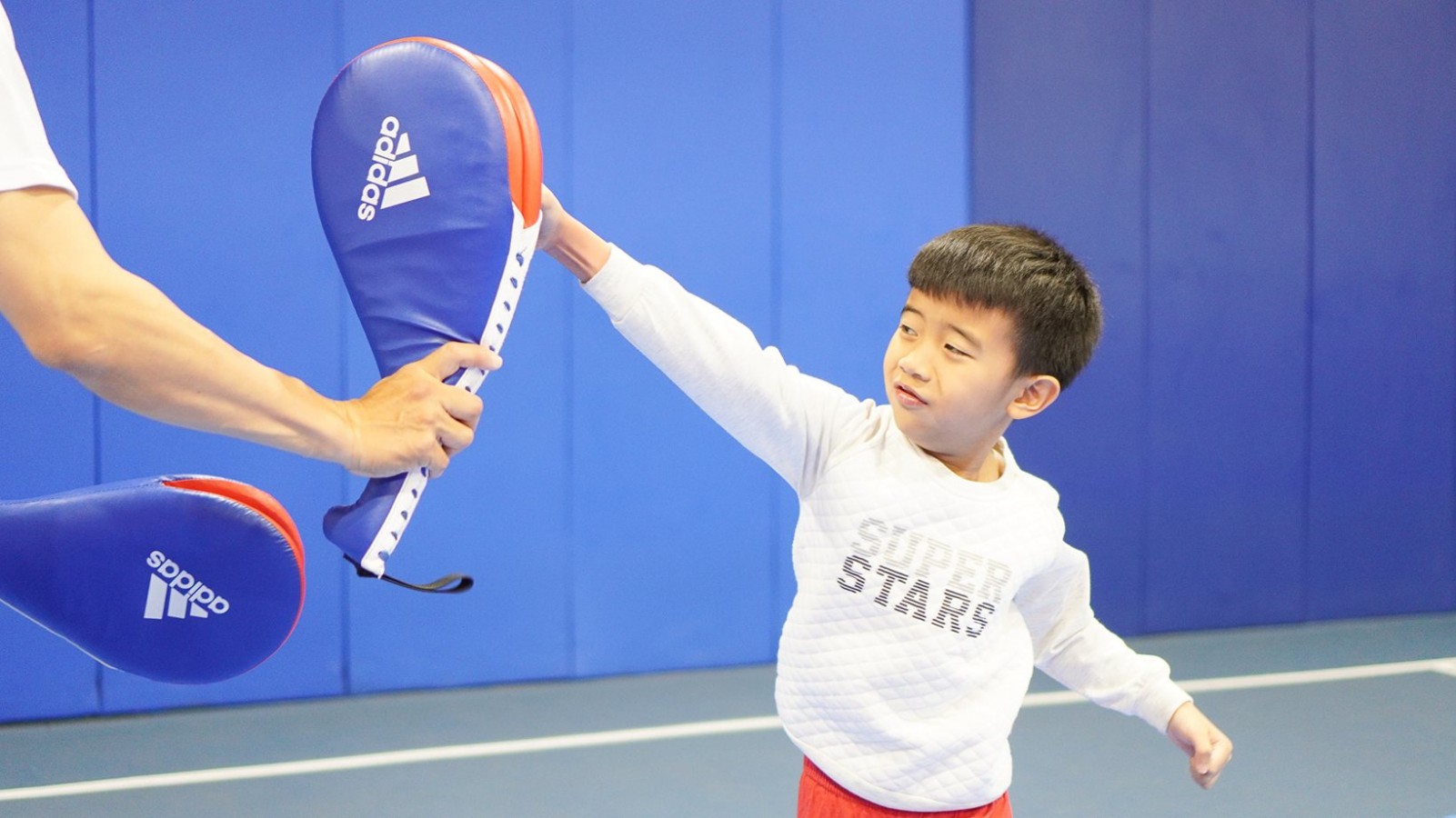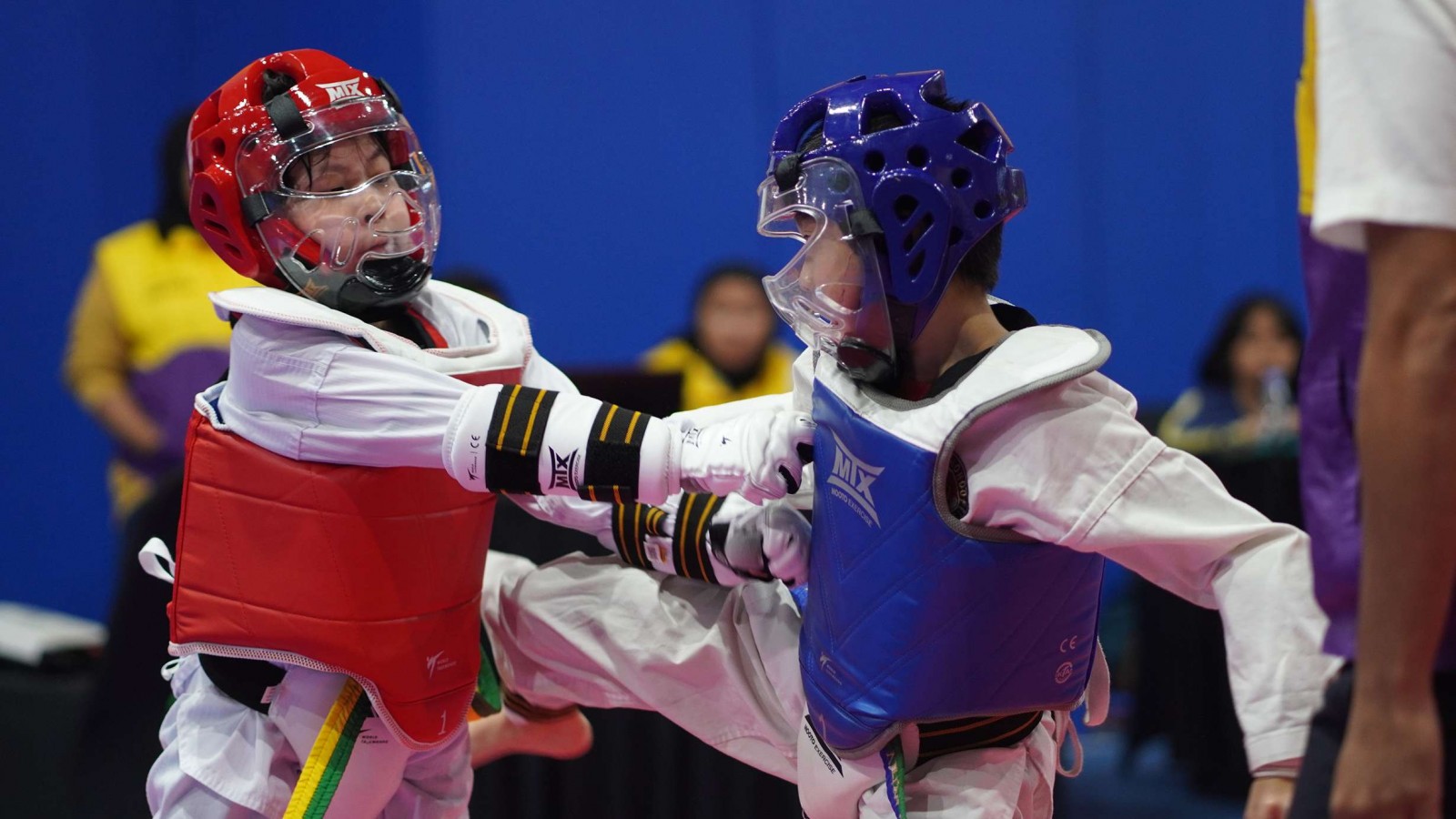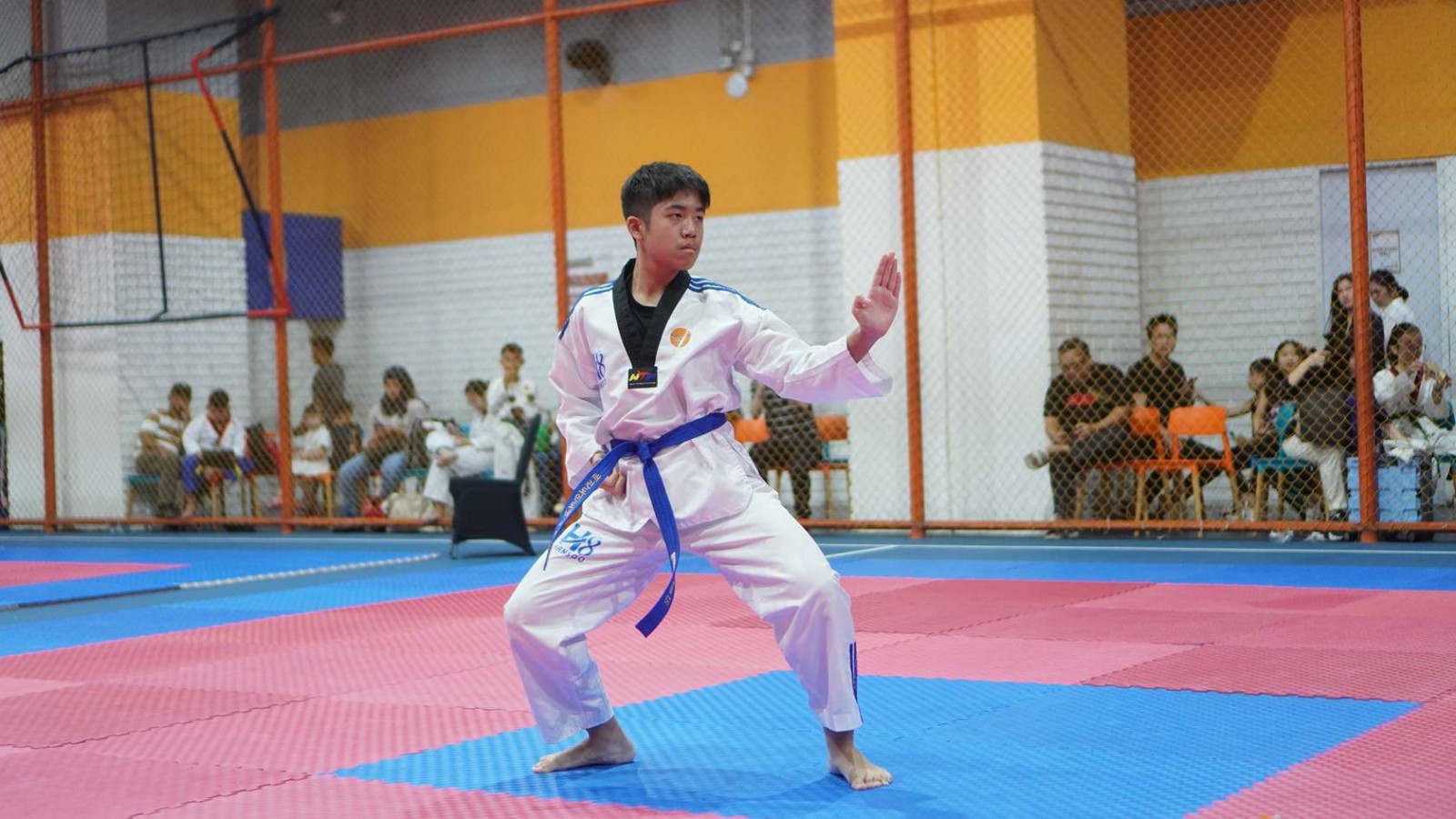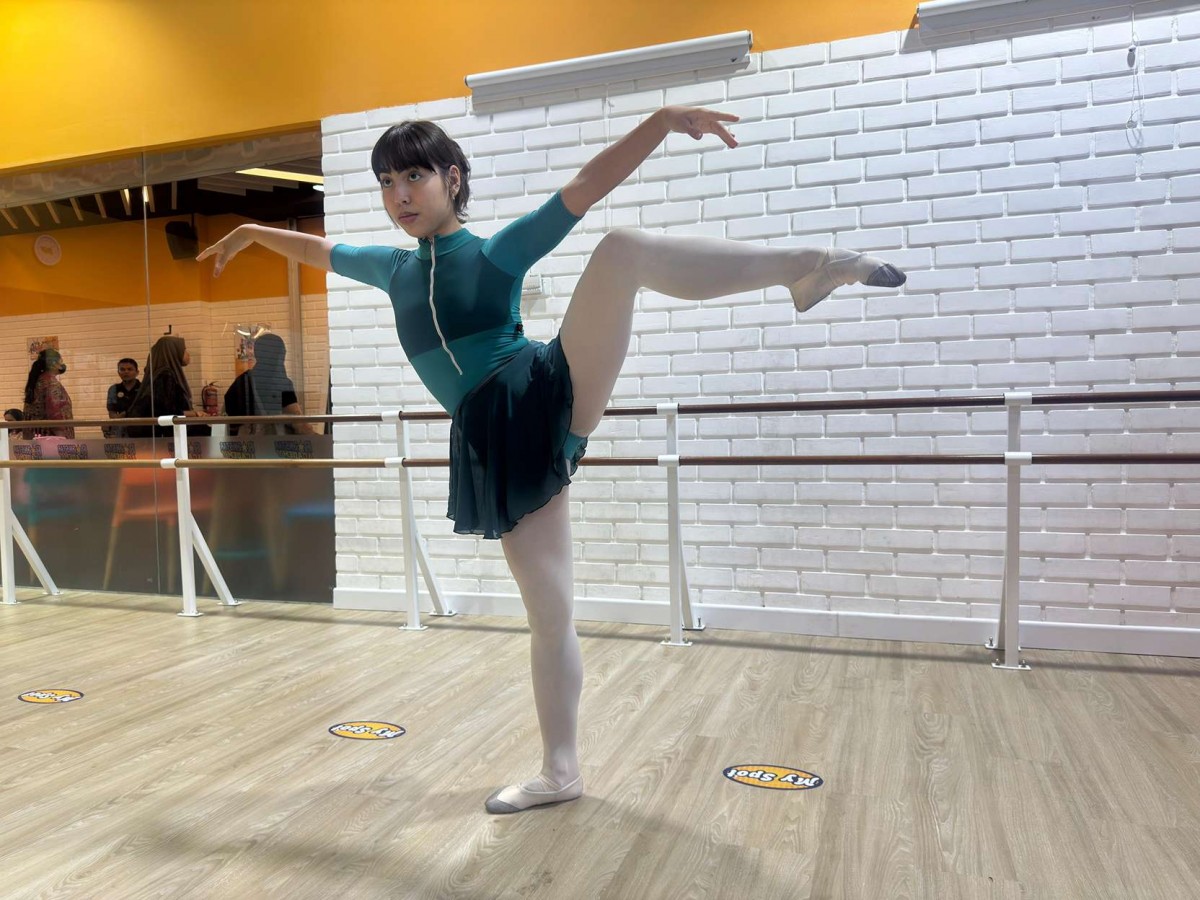A Full Beginner's Guide to Martial Arts Basics

With so many variations out there, it's easy to get a bit confused about what exactly the basics of martial arts entail. But fear not!
We're here to unravel the essentials in martial arts, guiding you through the foundational moves, body mechanics, and safety tips that every budding martial artist needs to know. Let’s check it out!
The Martial Arts Basics
Martial arts include many different styles, each with its own special moves, ideas, and cultural backgrounds. Whether you’re into the strong punches of Karate, the smooth kicks of Taekwondo, the wrestling moves of Judo, or the inner strength of Tai Chi, there’s a lot of options for everyone.
No matter which style you pick, all martial arts share some basic principles that you'll need to learn as the foundation of your practice. Here are further explanations about martial arts basics:
1. Stances
Stances are the starting point for any technique, providing stability and balance. Key stances include:
- Horse Stance
Widely used across various martial arts, this stance involves spreading your feet wider than shoulder-width, bending your knees, and lowering your hips. It develops leg strength and balance.
- Front Stance
One foot is positioned forward, the other back, with knees slightly bent. This stance is used for both defense and powerful forward movements.
- Cat Stance
With most of your weight on your back leg and your front foot lightly touching the ground, this stance enhances mobility and quick transitions.
2. Strikes
Mastering basic strikes is essential for self-defense and offensive techniques:
- Punches
The straight punch (jab) and the cross punch are fundamental. Focus on proper fist formation and aligning your knuckles with your forearm to avoid injury.
- Kicks
The front kick, side kick, and roundhouse kick are essential. Kicking techniques build leg strength, flexibility, and coordination.
- Elbow and Knee Strikes
Used in close combat, these strikes utilize the body's natural weapons for powerful, short-range attacks.
3. Blocks
Effective blocking techniques protect you from incoming attacks:
- High Block: Defends against strikes to the head.
- Low Block: Protects against lower body attacks.
- Inside and Outside Blocks: Redirect attacks away from your centerline.
4. Footwork
Footwork in martial arts plays a critical role in ensuring balance and capitalizes on opportunities, and evading incoming attacks. Shuffling involves executing small and rapid steps to uphold a stable stance while in motion.
Pivoting on the balls of the feet enables swift changes in direction, while sidestepping involves lateral movement to evade direct attacks and strategically position oneself for counterattacks.
Body Functionality in Martial Arts Basics
While learning martial arts for beginners, it is important to understand and optimize your body's functionality effectively and stay safe during training. Here’s a deeper look into the elements of body functionality in martial arts basics:
A. Flexibility and Strength
Flexibility is vital for executing high kicks and complex movements. Incorporate stretching routines into your training to enhance your range of motion. Strength training, particularly focusing on core muscles, legs, and arms, supports powerful techniques and overall endurance.
B. Coordination and Balance
Martial arts require precise coordination between different parts of your body. Practice drills that involve simultaneous movements of arms and legs to improve coordination. Balance exercises also enhance stability and control.
C. Breathing Techniques
Proper breathing techniques are often overlooked but are crucial for maintaining energy and focus. Diaphragmatic breathing (deep belly breathing) helps regulate your breath, calm your mind, and increase endurance. Sync your breathing with movements for optimal performance.
D. Mental Discipline
Mental discipline is the cornerstone of martial arts training. Techniques such as meditation and visualization improve focus, reduce stress, and foster a positive mindset. Embrace the philosophy of martial arts, which often emphasizes respect, humility, and perseverance.
The Basic Safety in Martial Arts
Maintaining safety is a must in martial arts. It ensures practitioners to train effectively while minimizing the risk of injury. Here’s an in-depth look at the basic safety measures essential for martial arts training:
1. Warm-Up and Cool Down
Before engaging in any physical activity, a thorough warm-up is essential. This phase typically includes light aerobic exercises such as jogging or jumping jacks to increase heart rate and blood flow to muscles.
Dynamic stretches like leg swings, arm circles, and torso twists help loosen muscles and improve flexibility. The warm-up prepares the body for more intense physical exertion, reducing the likelihood of strains, sprains, or other injuries.
After a training session, a proper cool down is crucial for promoting muscle recovery and flexibility. Cool down activities often involve static stretching exercises and focus on major muscle groups used during training.
This helps prevent muscle stiffness and soreness while promoting relaxation. Deep breathing exercises can also aid in lowering heart rate and returning the body to a resting state.
2. Proper Attire and Equipment
Wearing appropriate clothing is essential for both comfort and safety during martial arts training. Most styles require a specific uniform, such as a gi (traditional uniform) or dobok, which is designed to allow freedom of movement while maintaining durability.
Tight-fitting clothing that does not restrict movement is ideal, and avoid accessories that could pose injury risks, such as jewelry or loose belts.
Depending on the martial art and training intensity, protective equipment may be necessary. This includes:
- Mouthguards: Protect teeth and gums during sparring and contact drills.
- Headgear: Minimize the risk of head injuries during sparring, particularly in striking-based martial arts.
- Shin Guards and Instep Guards: Protect lower legs and feet during kicking drills and sparring.
- Gloves: Essential for sparring in striking arts to protect hands and wrists.
3. Controlled Techniques
Martial arts emphasize precision and control in technique execution. Practitioners learn to perform movements with accuracy and awareness. It reduces the risk of accidental injury to themselves or training partners.
This includes proper alignment of strikes, kicks, and defensive techniques to minimize impact and avoid unnecessary strain on joints.
4. Knowing Your Limits
Recognizing personal limits and respecting physical boundaries is essential in martial arts training. Pushing through pain or fatigue increases the risk of injury. Pay attention to signs of discomfort, such as persistent soreness or joint pain, and seek guidance from instructors or healthcare professionals if necessary.
5. Rest and Recovery
Allowing adequate rest and recovery between training sessions is crucial for preventing overuse injuries and promoting muscle repair. Incorporate rest days into your training schedule to allow the body time to recover and adapt to physical exertion. Adequate sleep is also essential for overall health and performance.
6. Instructor Guidance and Supervision
Seek training under qualified instructors who prioritize safety and have expertise in their martial art. Instructors should provide clear instructions, demonstrate techniques effectively, and monitor students’ progress to ensure proper form and technique.
During group classes or training sessions, instructors play a critical role in supervising students to maintain a safe training environment. They can provide feedback, correct improper techniques, and intervene if necessary to prevent accidents or injuries.
Ready to Try Martial Arts?
If you're drawn to the powerful strikes of Karate or the graceful movements of Taekwondo, starting your martial arts journey opens doors to a world of possibilities. And your children show interest in martial arts, consider enrolling them in a martial arts program at Rockstar Academy.
As a leading Sports & Performing Arts Academy, Rockstar Academy offers a variety of physical activity programs tailored to nurture young talents. Their curriculum includes the exciting RockOlympics, providing students with invaluable experiences to explore and develop their full potential.
With martial art classes supported by Taekwondo Testing for progression, Rockstar Academy ensures a comprehensive and rewarding martial arts education. Remember to take advantage of their free trial class to experience firsthand the benefits of martial arts training in a supportive and enriching environment!
FAQ
What martial art should I start with?
It depends on your goals and interests. Karate and Taekwondo are great for striking and kicking techniques, while Judo and Brazilian Jiu-Jitsu focus on grappling. Research different styles and try introductory classes to find the best fit for you.
How often should I train as a beginner?
Aim for 2-3 times a week to build a solid foundation without overtraining. As you progress, you can gradually increase the frequency and intensity of your sessions.
Do I need to be in shape before starting martial arts?
No, martial arts training is adaptable to all fitness levels. You'll gradually build strength, flexibility, and endurance as you progress.
Can children practice martial arts?
Absolutely! Martial arts offer numerous benefits for children, including improved focus, discipline, confidence, and physical fitness. Look for programs specifically designed for kids.
Is martial arts training safe?
When practiced with proper technique, control, and safety precautions, martial arts training is generally safe. Always follow your instructor's guidance and use protective gear when necessary.



